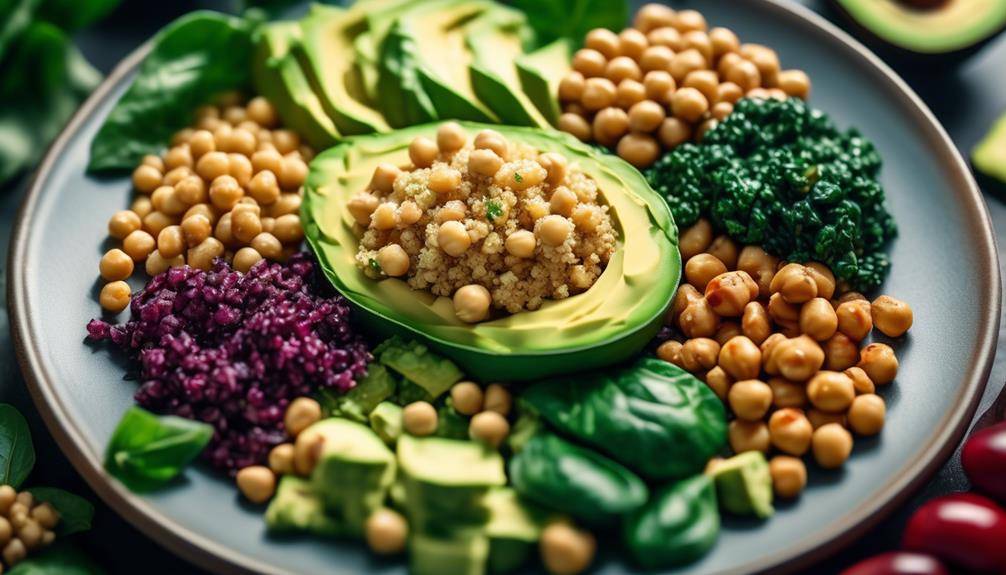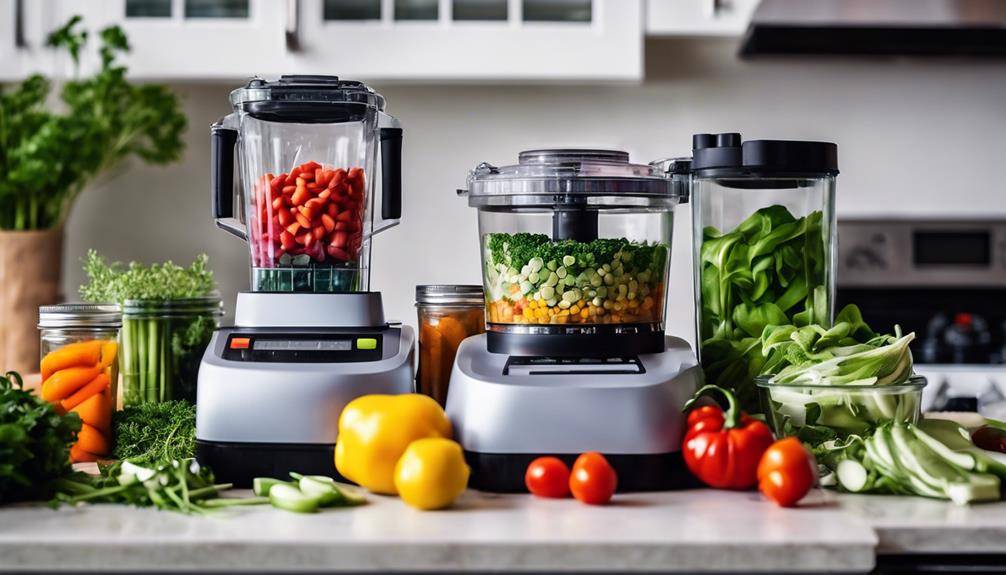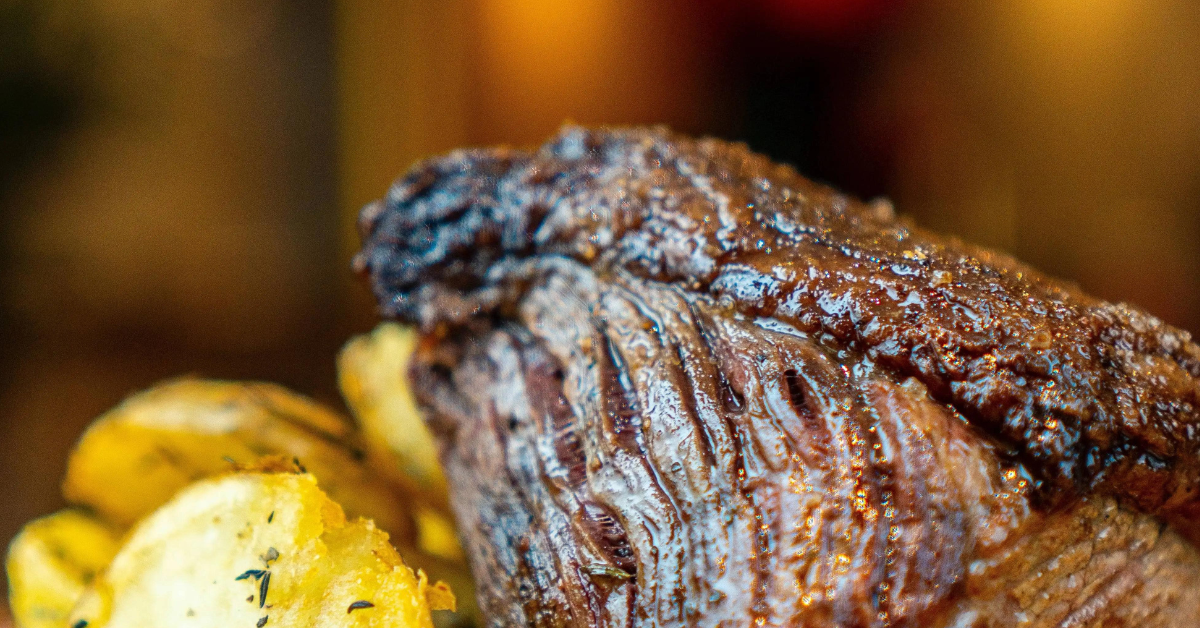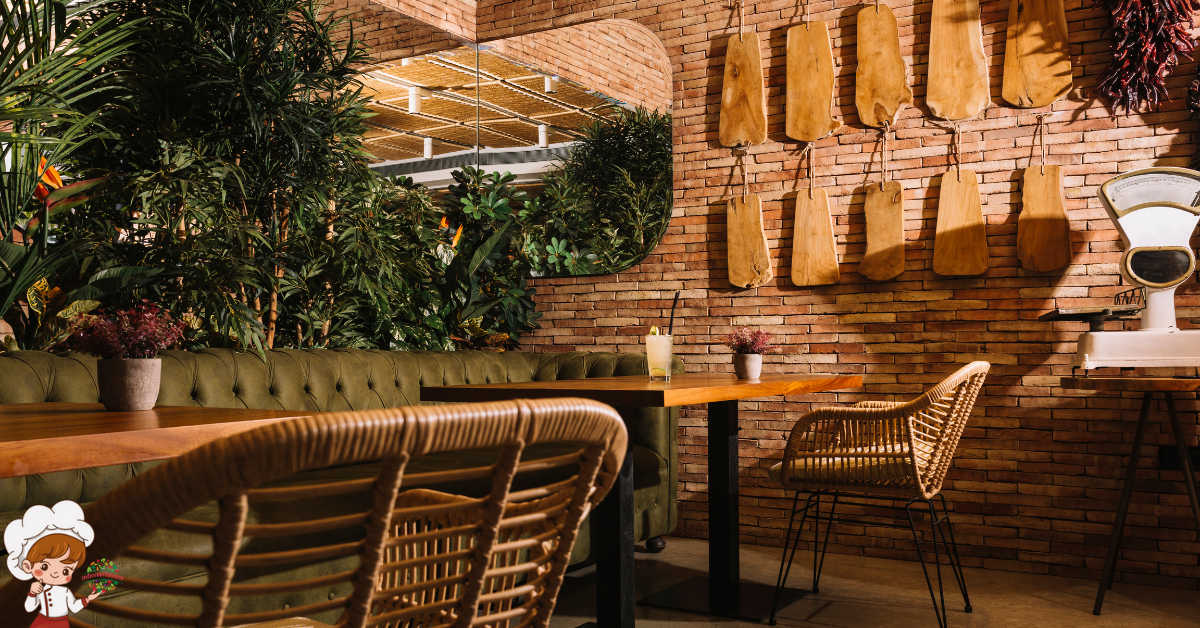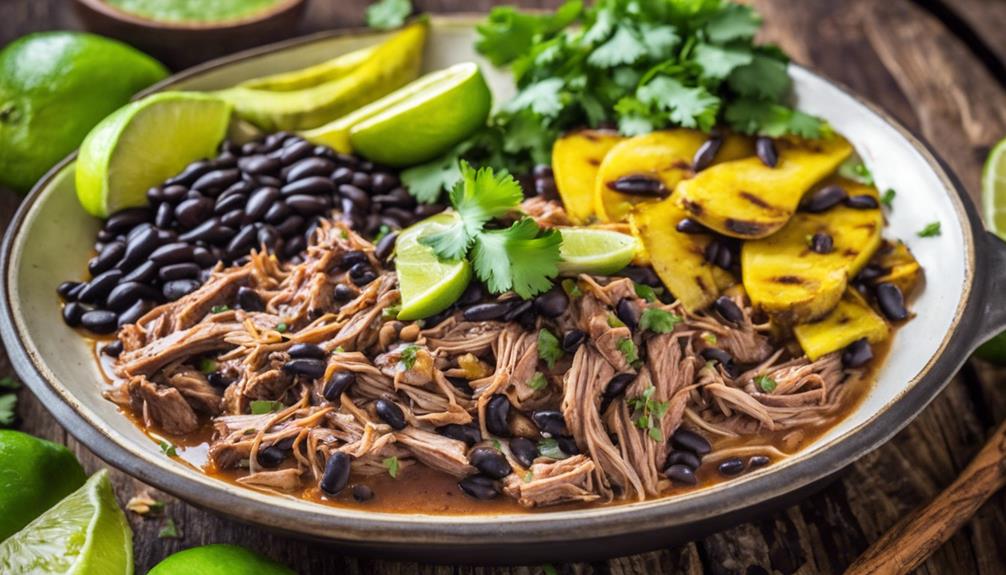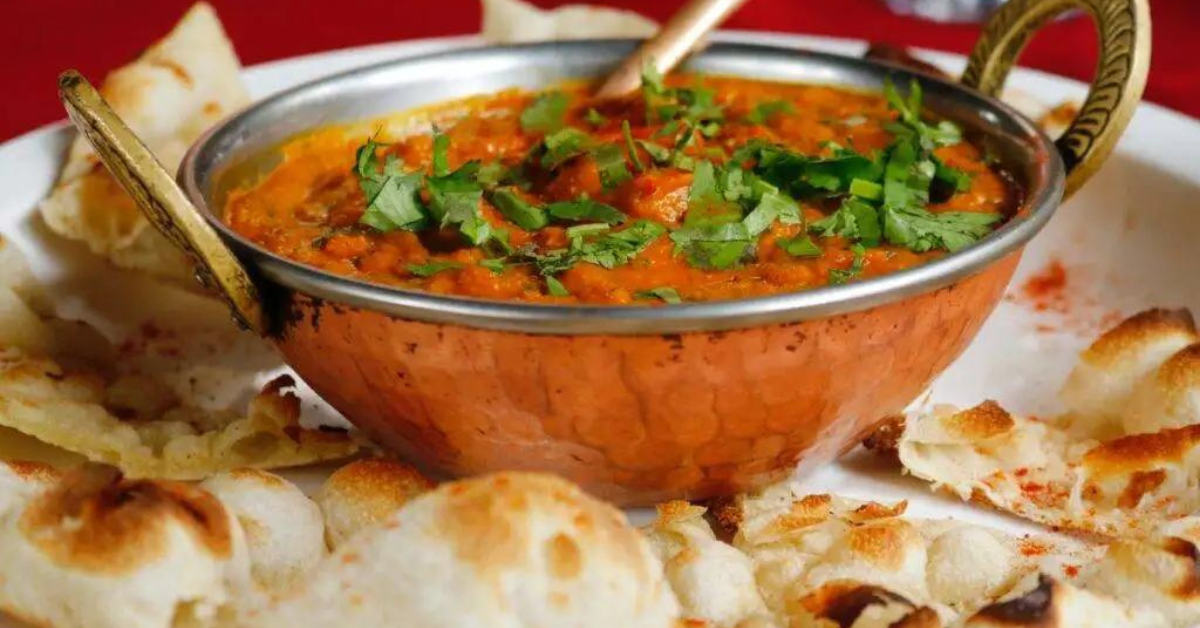Amazing Greek Cooking Techniques And Methods
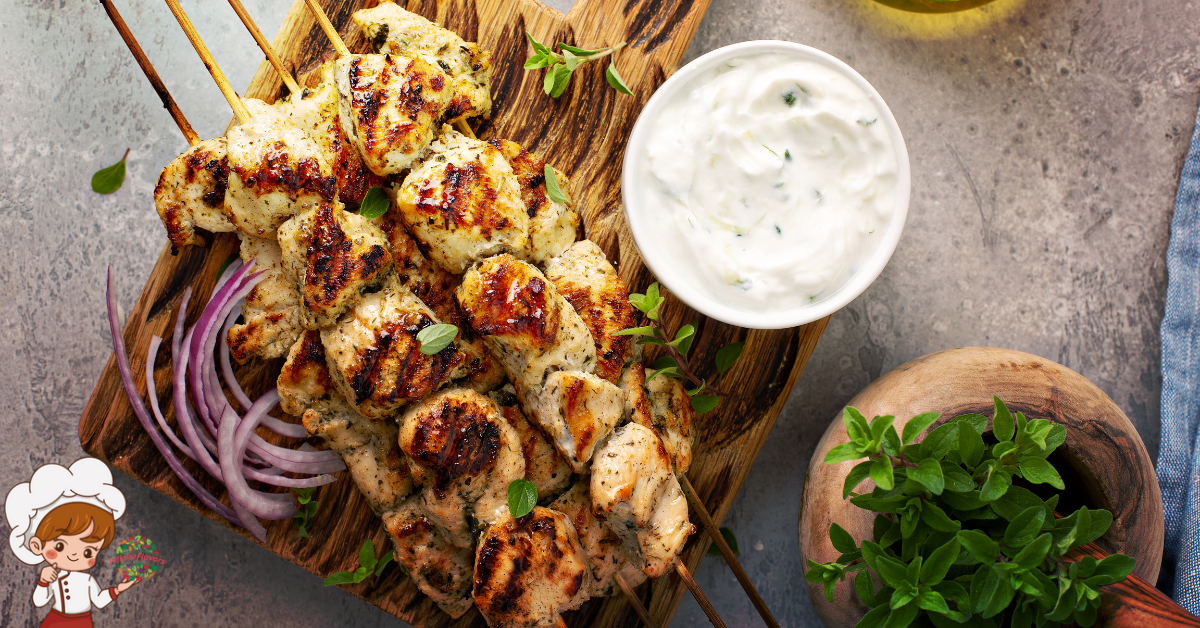
Amazing Greek Cooking Techniques And Methods; Have you ever wondered how the Greeks achieve such incredible flavors and textures in their cuisine? Take, for instance, the art of grilling. The Greeks have mastered the technique of cooking meats over an open flame, resulting in tender, juicy, and perfectly charred dishes. But grilling is just the beginning of a culinary journey that will transport you to the shores of the Mediterranean. From braising to baking, simmering to smoking, Greek cooking encompasses a variety of methods that are sure to tantalize your taste buds. So, join us as we explore the secrets behind these techniques and discover the rich traditions that make Greek cuisine truly unforgettable.
Grilling
If you want to experience the true essence of Greek cuisine, there is no better way than to embrace the art of grilling. Grilling is a fundamental cooking technique in Greek culture, dating back centuries. The Greeks have mastered the art of grilling, using simple but effective techniques to create mouthwatering dishes that burst with flavor.
When it comes to grilling, the Greeks believe in simplicity. They let the quality of the ingredients shine through, enhancing their natural flavors with the smoky char of the grill. Traditional Greek grilling techniques involve cooking directly over an open flame or hot coals. This method imparts a unique smoky aroma and caramelization, adding depth and complexity to the dishes.
One popular grilling recipe in Greece is souvlaki, which consists of skewered pieces of marinated meat, typically pork or chicken. The meat is marinated in a mixture of olive oil, lemon juice, garlic, and herbs, which tenderizes and infuses it with flavor. The skewers are then grilled until they are charred on the outside and juicy on the inside. Souvlaki is often served with pita bread, tzatziki sauce, and a side of fresh salad.
Another beloved Greek grilling recipe is grilled octopus. The octopus is tenderized by boiling it briefly before grilling, then marinated in olive oil, lemon juice, and herbs. It is then grilled until the outside is crispy and the inside remains tender. The result is a delightful combination of smoky, tangy, and tender flavors that will transport you straight to the shores of Greece.
Grilling is not just a cooking technique in Greece; it is a way of life. It is about gathering with loved ones, enjoying good food, and celebrating the Mediterranean lifestyle. So, fire up the grill, try your hand at these traditional Greek grilling recipes, and savor the true essence of Greek cuisine.
Braising
When it comes to Greek cooking, braising is a technique that brings out the rich flavors of slow-cooked meat dishes and flavorful vegetable stews. By simmering the ingredients in a liquid, such as broth or wine, the meat becomes tender and juicy, while the vegetables soak up the savory goodness. Whether it’s a succulent lamb dish or a comforting bean stew, braising is a method that creates hearty and satisfying meals.
Slow-Cooked Meat Dishes
For a truly mouthwatering experience, indulge in the succulent and tender slow-cooked meat dishes that Greek cuisine has to offer through the art of braising. One of the most iconic slow-cooked lamb dishes in Greek cuisine is ‘Kleftiko.’ This traditional Greek dish involves marinating the lamb in a mixture of olive oil, lemon juice, garlic, and herbs, then slow-cooking it for hours until it becomes incredibly tender and full of flavor.
The slow cooking process allows the meat to absorb all the delicious flavors, resulting in a dish that is both juicy and aromatic. The tender lamb, infused with the herbs and spices, practically melts in your mouth, leaving you longing for more. Whether it’s ‘Kleftiko’ or other slow-cooked lamb dishes, Greek cuisine offers a range of options that are sure to satisfy any meat lover’s cravings.
Flavorful Vegetable Stews
Indulging in the succulent slow-cooked meat dishes of Greek cuisine is just the beginning of a flavorful journey, as braising also brings out the irresistible flavors of vegetable stews. When it comes to creating flavorful vegetable stews, braising is a cooking technique that you must explore. Here’s why:
- Enhanced Flavor: Braising allows the vegetables to cook slowly in their own juices, creating a rich and concentrated flavor that is simply mouthwatering.
- Tender Texture: The low and slow cooking method of braising ensures that the vegetables become tender and melt-in-your-mouth delicious.
- Cooking Time: Braising requires a longer cooking time, but the result is well worth the wait. The slow cooking process allows the flavors to develop and intensify, resulting in a deeply satisfying dish.
- Temperature Control: Braising requires cooking the vegetables at a low temperature, usually around 300°F (150°C). This gentle heat ensures that the vegetables are cooked evenly and retain their natural flavors.
Roasting
Now, let’s talk about the art of roasting in Greek cuisine. Traditional roasting methods play a vital role in creating the rich flavors and textures that Greek dishes are known for. Whether it’s succulent lamb, juicy chicken, or tender vegetables, the secret lies in the seasoning and marinating process, where herbs, spices, and olive oil infuse the ingredients with aromatic goodness. The cooking time and temperature are carefully considered to achieve that perfect balance of crispy on the outside and moist on the inside. Get ready to tantalize your taste buds as we explore the techniques that make Greek roasting a culinary delight.
Traditional Roasting Methods
To achieve the authentic flavors and succulent tenderness that Greek cuisine is known for, traditional roasting methods are used with meticulous care and unwavering dedication. Here are four traditional roasting methods that are deeply ingrained in Greek culinary traditions:
- Spit Roasting: This ancient technique involves slowly rotating meat over an open flame. Whether it’s lamb, pork, or chicken, the meat is cooked evenly, resulting in a crispy exterior and juicy interior.
- Oven Roasting: Greeks have mastered the art of roasting in their traditional wood-fired ovens. The gentle heat and smoky flavors imparted by the wood create a depth of flavor that cannot be replicated.
- Grill Roasting: Grilling is a popular method used to achieve the perfect charred exterior and smoky taste. Whether it’s vegetables, fish, or meat, the grill adds a unique touch to every dish.
- Tray Roasting: This method involves placing meat or vegetables on a tray and roasting them in the oven. The juices are collected in the tray, creating a delicious sauce that enhances the flavors of the dish.
In Greece, roasting is not just a cooking technique, but a celebration of flavors, heritage, and tradition.
Seasoning and Marinating
Continuing the journey of Greek culinary traditions, let’s now explore the art of seasoning and marinating that elevates the flavors of roasted dishes to new heights. Seasoning techniques play a crucial role in Greek cuisine, enhancing the natural flavors of the ingredients and creating a harmonious balance. The Greeks have mastered the art of combining various herbs and spices, such as oregano, thyme, rosemary, garlic, and lemon zest, to infuse roasted dishes with incredible aromas and tastes.
Marinating tips are also essential for achieving tender and flavorful roasted meats. The Greeks often use a mixture of olive oil, lemon juice, garlic, and herbs to marinate meats overnight, allowing the flavors to penetrate deeply. This process not only adds moisture but also tenderizes the meat, resulting in succulent and delicious dishes. So, take your roasted dishes to the next level by mastering the Greek seasoning and marinating techniques. Your taste buds will thank you.
Cooking Time and Temperature
To achieve perfectly roasted dishes, mastering the ideal cooking time and temperature is essential. Proper cooking time management and temperature control are crucial in bringing out the flavors and textures that make Greek cuisine so special. Here are four key points to keep in mind when roasting:
- Preheat your oven: Before placing your dish in the oven, make sure the temperature is set to the recommended level. This ensures even cooking and helps to seal in the juices.
- Use a meat thermometer: To ensure your meat is cooked to perfection, invest in a reliable meat thermometer. This will help you monitor the internal temperature and avoid overcooking or undercooking.
- Adjust cooking time based on size and thickness: Different cuts of meat require different cooking times. Thicker cuts need more time, while smaller pieces cook faster. Adjusting your cooking time accordingly will result in tender and flavorful dishes.
- Resting time: After removing your dish from the oven, allow it to rest for a few minutes before serving. This allows the juices to redistribute, resulting in a more succulent and flavorful final product.
Baking
When it comes to Greek cooking techniques, baking plays a crucial role in creating the delectable flavors and textures that are synonymous with this rich culinary tradition. Greek baking techniques are deeply rooted in tradition and have been passed down through generations, resulting in unique and mouthwatering dishes.
One traditional baking method used in Greek cuisine is phyllo pastry. This paper-thin dough is made by rolling and stretching layers of dough until it becomes translucent. It is then used to create a variety of sweet and savory dishes such as spanakopita and baklava. The process of making phyllo pastry requires skill and patience, as the dough must be handled delicately to achieve the desired thinness.
Another popular baking technique in Greek cuisine is the use of clay pots. These pots, known as “gamates,” are made from clay found in the Greek countryside. They are used to bake dishes such as moussaka and gemista, imparting a unique earthy flavor to the food. The clay pots also help to retain moisture, resulting in tender and succulent dishes.
Greek baking techniques also involve the use of aromatic spices and herbs such as cinnamon, nutmeg, and oregano. These ingredients not only add depth of flavor but also enhance the overall aroma of the baked dishes. The combination of these traditional baking methods and the use of quality ingredients is what sets Greek cuisine apart and makes it truly special.
Simmering
When it comes to simmering in Greek cooking, you’ll discover the power of gentle heat to bring out incredible flavors. This slow and steady cooking technique allows the ingredients to meld together harmoniously, resulting in rich and complex dishes. Whether it’s simmering a tomato sauce for moussaka or gently poaching fish in a fragrant broth, the art of simmering is all about infusing flavors perfectly.
Gentle Heat for Flavor
For an authentic and flavorful Greek dish, embrace the technique of simmering with gentle heat. Simmering is a method that involves cooking food slowly in a liquid at a temperature just below boiling. This gentle heat allows the flavors to meld together, resulting in a rich and complex taste. Here are four ways simmering enhances the flavors in Greek cuisine:
- Infusion: Simmering allows the ingredients to release their natural flavors into the liquid, creating a deeply infused base for the dish.
- Tenderizing: The low, steady heat of simmering helps break down tough cuts of meat, resulting in tender and succulent bites.
- Concentration: As the liquid reduces during simmering, the flavors become more concentrated, intensifying the taste of the dish.
- Harmonization: Simmering brings all the ingredients together, allowing them to harmonize and create a cohesive flavor profile.
Slow and Steady Cooking
To achieve the rich and vibrant flavors that Greek cuisine is known for, embrace the art of slow and steady cooking through the technique of simmering. Simmering is a method that involves cooking food over low heat for an extended period of time. This gentle cooking process allows the flavors to meld together, resulting in dishes that are bursting with taste. In Greek cooking, this technique is used in various ways, including the preparation of slow-cooked Greek desserts and traditional Greek bread making.
When you simmer a dessert like galaktoboureko, a creamy custard pie, the flavors intensify and the dessert becomes even more indulgent. Similarly, when making breads like the popular village-style country bread, simmering the dough creates a crusty exterior and a soft and chewy interior. So, take your time, let the flavors develop, and enjoy the magic of slow and steady cooking in Greek cuisine.
Infusing Flavors Perfectly
Unlock the full potential of your dishes by mastering the art of simmering, infusing flavors perfectly in Greek cuisine. Simmering is a gentle cooking technique that allows the flavors of your ingredients to meld together harmoniously, creating rich and complex flavor profiles. Here are four key tips for perfecting infusion techniques:
- Choose the right ingredients: Select fresh herbs, spices, and aromatics that complement the main flavors of your dish. Greek cuisine often uses ingredients like garlic, oregano, lemon, and olive oil to enhance the taste.
- Control the heat: Simmering requires low and steady heat to slowly extract the flavors. Avoid boiling, as it can make the flavors harsh and overpowering.
- Give it time: Patience is key when it comes to simmering. Allow your ingredients to simmer for a longer period, allowing the flavors to develop and intensify.
- Stir occasionally: Stirring your simmering ingredients helps distribute the flavors evenly and prevents sticking or burning.
Frying
One of the most beloved and flavorful techniques in Greek cooking is the art of frying. Frying is a cooking method that involves immersing food in hot oil or fat, resulting in a crispy and delicious exterior while retaining moisture and tenderness on the inside. Greek cuisine is known for its mastery of frying techniques, using a variety of ingredients and equipment to create mouthwatering dishes.
When it comes to frying techniques, Greeks have perfected the art of deep-frying. They use a deep pot or pan filled with oil to ensure that the food is fully submerged, allowing for even cooking and a golden brown crust. This method is commonly used for preparing popular Greek dishes such as fried calamari, zucchini fritters, and loukoumades (honey puffs).
In addition to deep-frying, Greeks also utilize shallow frying, which involves cooking food in a small amount of oil in a frying pan. This method is perfect for dishes like spanakopita (spinach pie) or saganaki (fried cheese). The food is cooked quickly over medium-high heat, resulting in a crispy exterior and a tender interior.
When it comes to frying equipment, Greeks rely on a few essential tools. A deep, heavy-bottomed pot or a large frying pan is necessary for deep-frying. This ensures that the oil is heated evenly and maintains a constant temperature. A slotted spoon or a wire mesh skimmer is used to lift the food out of the hot oil, allowing any excess oil to drain off before serving.
Steaming
Now, let’s immerse ourselves in the next captivating technique of Greek cooking: steaming. Steaming is a gentle and healthy cooking method that retains the natural flavors and nutrients of the ingredients. It involves cooking the food by surrounding it with steam in a covered container. Here are four benefits and types of equipment commonly used for steaming in Greek cuisine:
- Preserves Nutrients: Steaming ensures that the vitamins, minerals, and antioxidants present in the food are retained. As the steam envelops the ingredients, it cooks them evenly without leaching out their nutritional value. This makes steaming an excellent choice for health-conscious individuals who want to maintain a balanced diet.
- Enhances Flavor: Steaming allows the natural flavors of the ingredients to shine through. Unlike boiling, where the flavors can get diluted, steaming preserves the taste and aroma of the food. The gentle heat of the steam helps the ingredients cook evenly without losing their original flavors.
- Promotes Health: Steaming is a low-fat cooking method, making it ideal for those watching their weight or trying to maintain a healthy lifestyle. It requires little to no oil, reducing the calorie content of the dish. Additionally, steaming doesn’t produce harmful compounds like acrylamide that can form during high-temperature cooking methods.
- Versatile Steaming Equipment: Greek cuisine utilizes various steaming equipment, such as a steamer pot or a bamboo steamer. A steamer pot consists of a base pot, a perforated insert, and a tight-fitting lid. It allows you to steam multiple dishes simultaneously, making it efficient for cooking large quantities. On the other hand, a bamboo steamer is perfect for steaming individual portions of food. It is lightweight, eco-friendly, and imparts a unique flavor to the dishes.
Steaming is a vital cooking technique in Greek cuisine, offering numerous health benefits while preserving the natural flavors of the ingredients. With the right equipment, you can easily incorporate steaming into your culinary repertoire and create delicious, nutritious meals.
Marinating
Marinating is a transformative technique that infuses Greek dishes with an explosion of flavor and tenderness. When it comes to marinating, the Greeks have perfected the art of creating delicious and succulent dishes. They have developed various marinating techniques that bring out the best flavors in their ingredients.
One of the most commonly used marinating techniques in Greek cuisine is using a marinade of olive oil, lemon juice, and herbs. This simple yet powerful combination adds a refreshing citrusy tang and a subtle herbal note to the dish. The olive oil helps to tenderize the meat or vegetables while bringing a rich and fruity flavor to the table.
In addition to the classic olive oil and lemon marinade, Greeks also use other ingredients like garlic, oregano, thyme, and rosemary to enhance the flavors further. These aromatic herbs add a depth of flavor and a delightful fragrance to the dish. Whether you’re marinating lamb, chicken, fish, or vegetables, these ingredients work their magic, infusing the food with a Mediterranean flair.
To marinate effectively, it’s essential to allow the ingredients to soak in the marinade for an adequate amount of time. This allows the flavors to penetrate deep into the meat or vegetables, ensuring a delicious and tender result. Depending on the dish, marinating times can vary, but it’s generally recommended to marinate for at least an hour, if not longer.
Marinating is a technique that takes your Greek cooking to the next level. By using the right marinade ingredients and allowing them to work their magic, you can create dishes bursting with flavor and tenderness. So, next time you’re cooking a Greek dish, don’t forget to marinate and experience the full potential of these culinary delights.
Pickling
When it comes to Greek cooking, pickling is a traditional preservation technique that adds a tangy and vibrant twist to a variety of ingredients. From crisp cucumbers to flavorful olives, pickling is a versatile method that allows you to savor the taste of summer all year round. Here are four reasons why pickling is an essential skill in Greek cuisine:
- Fermented vegetables: Pickling is a fantastic way to unlock the natural flavors of vegetables and create a depth of taste that is unique to Greek cuisine. By fermenting vegetables like cabbage, carrots, and peppers, you can transform them into tangy and crunchy delights that are perfect for adding to salads, sandwiches, or mezze platters.
- Quick pickling techniques: In Greek cooking, quick pickling is a popular method that allows you to infuse your ingredients with a burst of flavor in a short amount of time. By combining vinegar, water, sugar, and spices, you can create a brine that will pickle your vegetables in just a few hours. This technique is perfect for those times when you want to add a zesty kick to your dishes but don’t have the patience for long fermentation processes.
- Versatile flavor profiles: One of the great things about pickling is that it allows you to experiment with different flavor combinations. From the classic dill and garlic to the bold and spicy mix of chili peppers and ginger, pickling opens up a world of possibilities to tailor the taste of your ingredients to your liking.
- Extended shelf life: Pickling is not only a delicious way to enhance the taste of your ingredients but also a practical method for preserving them. By pickling vegetables, you can extend their shelf life and enjoy their flavors long after their peak season. This is particularly useful when you have an abundance of fresh produce that you want to enjoy throughout the year.
Smoking
After pickling, another technique that takes Greek cuisine to new heights is smoking, infusing dishes with a rich and smoky flavor that will transport your taste buds to the Mediterranean. Smoking is a traditional method used in Greek cooking to add depth and complexity to various ingredients such as meat, fish, and vegetables.
One of the most common smoking techniques in Greek cuisine is cold smoking. This involves exposing the food to smoke at a temperature below 85°F (29.4°C) for an extended period of time. This slow and gentle process allows the flavors of the smoke to penetrate the ingredients without cooking them fully. It results in a distinct smoky flavor that enhances the natural taste of the food.
To achieve the perfect smoky flavor, Greeks use different types of wood chips and herbs. Popular choices include olive wood, grapevine cuttings, and aromatic herbs like thyme and rosemary. These ingredients are placed in a smoking equipment called a smokehouse or a smoker. The food to be smoked is then carefully arranged on racks inside the smoker, ensuring that there is enough space for the smoke to circulate evenly.
The smoking equipment is heated with a controlled fire, and the smoke is generated by smoldering the wood chips or herbs. As the smoke envelops the food, it imparts its unique flavors, creating a taste sensation that is truly Greek. The smoking process can take several hours, depending on the desired intensity of the smoky flavor.
Whether it’s succulent smoked lamb, tender smoked fish, or flavorful smoked vegetables, Greek cuisine truly embraces the art of smoking. The techniques and equipment used in this ancient tradition ensure that each dish is infused with the essence of the Mediterranean, leaving you with a memorable and delicious culinary experience.
Fermenting
To truly experience the depth and richness of Greek cuisine, one must explore the ancient art of fermenting. Fermenting is a traditional technique that has been used for centuries to enhance the flavors of various ingredients. Not only does fermenting add a unique tanginess to Greek dishes, but it also offers a range of health benefits. Here are four reasons why fermenting is an essential part of Greek cooking:
- Preservation: Fermenting is a natural way to preserve food without the use of artificial additives or preservatives. The process of fermentation creates an environment that inhibits the growth of harmful bacteria, allowing the food to be stored for extended periods while retaining its nutritional value.
- Gut Health: Fermented foods are a rich source of probiotics, which are beneficial bacteria that support a healthy gut. Greek cuisine often includes fermented ingredients like yogurt, olives, and pickled vegetables, which can aid digestion and improve overall gut health.
- Enhanced Flavor: Fermenting brings out the hidden flavors in ingredients, creating complex and intense tastes. For example, the fermentation process intensifies the natural sweetness of grapes, resulting in the exquisite flavor of Greek wines like retsina.
- Cultural Heritage: Fermenting is deeply rooted in Greek culinary traditions, passed down from generation to generation. Exploring the ancient art of fermenting allows you to connect with the rich cultural heritage of Greece and experience the unique flavors that have been enjoyed for centuries.
Frequently Asked Questions: Amazing Greek Cooking Techniques And Methods
Can You Provide a Brief History of Greek Cooking Techniques and Methods?
You wanted to know about the history of Greek cooking techniques and methods and their influence on Mediterranean cuisine. Well, let’s dive in and explore the rich culinary traditions of Greece.
Are There Any Specific Ingredients That Are Commonly Used in Greek Cooking?
In Greek cooking, you’ll find a rich variety of ingredients that are commonly used. From juicy tomatoes and fragrant herbs to tangy feta cheese and traditional Greek spices, they all add their unique flavors to the dishes.
What Are Some Traditional Greek Dishes That Utilize These Cooking Techniques?
You’ll love discovering traditional Greek dishes in Greek cooking classes. From the creamy moussaka to the zesty souvlaki, these dishes showcase the rich flavors and techniques that make Greek cuisine so unique.
Are There Any Health Benefits Associated With Greek Cooking Techniques?
Exploring Greek cooking techniques and methods can bring you not only delicious traditional dishes but also numerous health benefits. These techniques emphasize fresh ingredients, minimal processing, and the use of olive oil, resulting in nutritious and flavorful meals.
Can You Recommend Any Greek Cooking Classes or Resources for Beginners?
Sure, I can help you with that! If you’re a beginner looking to learn Greek cooking, I recommend checking out Greek cooking classes or resources online. They can provide you with valuable tips and techniques to get started.
Conclusion
In conclusion, Greek cooking techniques and methods offer a flavorful and diverse culinary experience. From grilling to braising, roasting to baking, simmering to marinating, pickling to smoking, and even fermenting, each method brings out the unique flavors and textures of Greek cuisine. Whether you’re a seasoned chef or a passionate home cook, exploring these techniques will transport you to the vibrant and rich Mediterranean flavors that Greece has to offer. So don’t hesitate to embark on a Greek culinary adventure and unlock a world of taste sensations. Opa!



